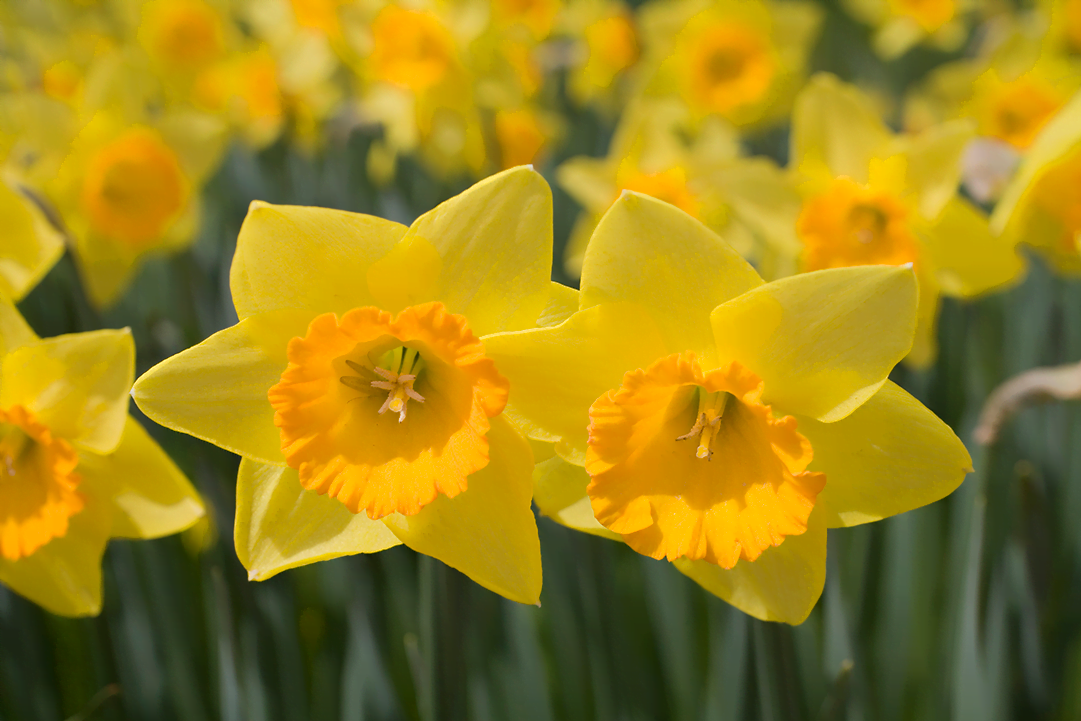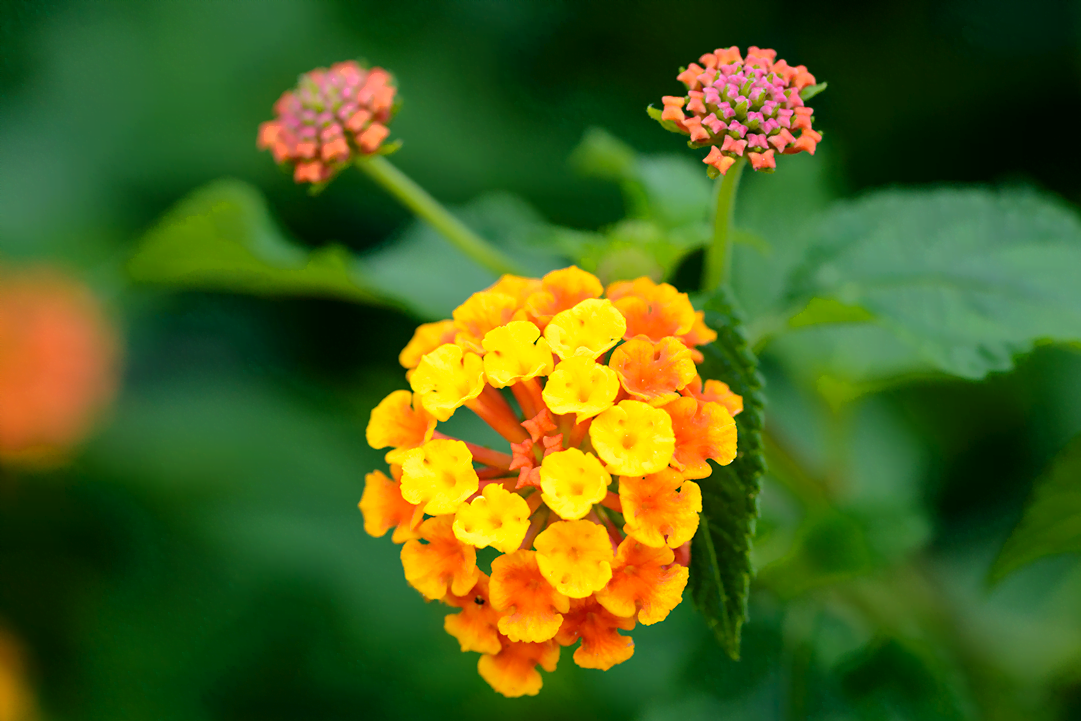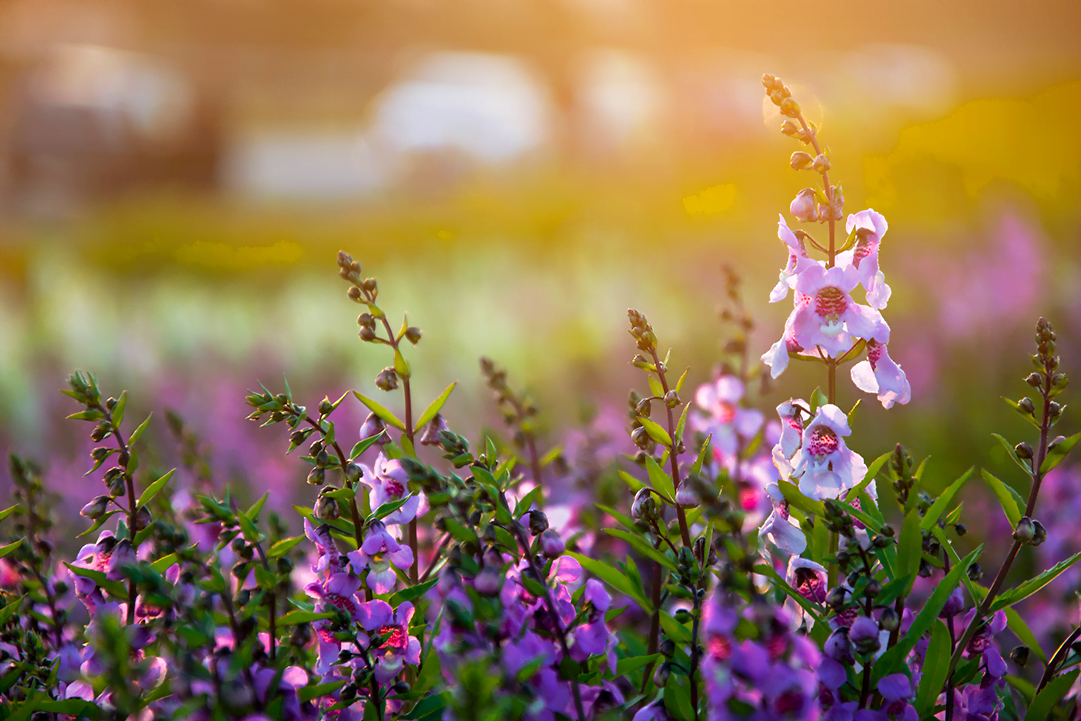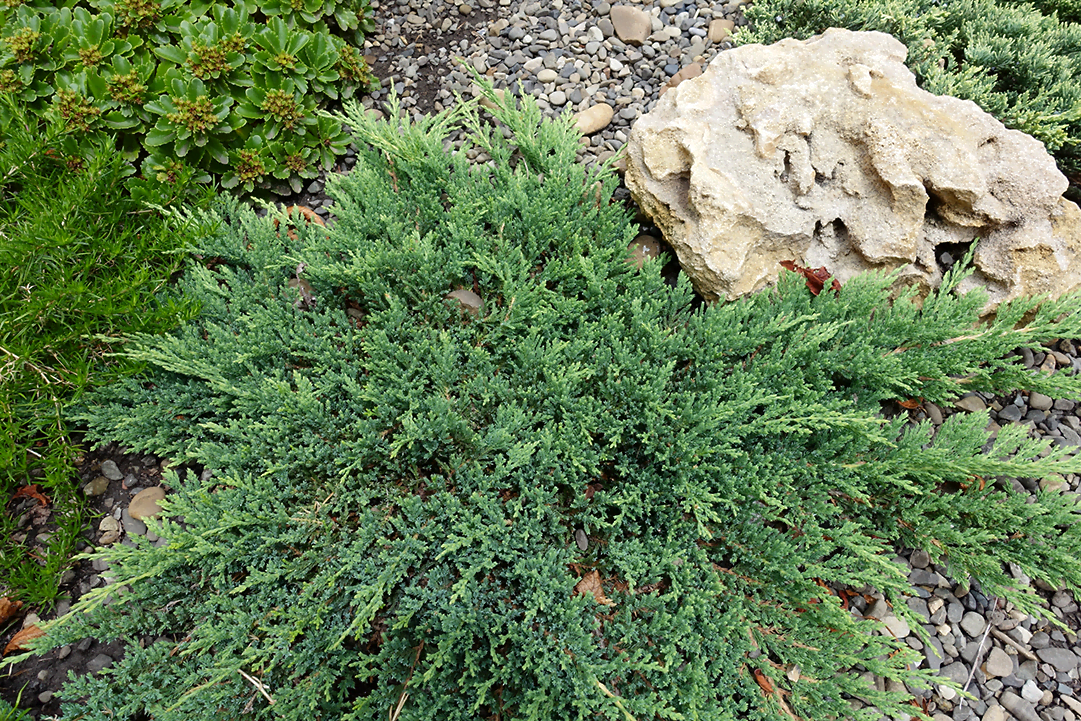Beautifully bright and uniquely shaped, daffodils are often seen in some of the most refreshing spring imagery. Think open meadows, rolling foothills and backyard gardens. These flowering perennials belong to the Narcissus genus and can be referred to as narcissus themselves. Other common names include jonquil and daffadowndilly.
Most daffodils have six petals that are often described as “trumpet-shaped.” There are more than 50 species and 13,000 different hybrids, the majority of which are yellow and/or white. They can range in stem size from just a few inches to two feet.
When planting daffodils at home, place them in at least partial sun and slightly acidic soil. They can be a little finicky with overwatering, so try to water no more than an inch per week while they are actively growing. Daffodils also do well with mulch or organic matter. Need help with daffodils? High Tech offers plant care and maintenance.
Did You Know?
Daffodils are widely recognized for symbolizing a 10th wedding anniversary.
Other Fun Facts About Daffodils
- Daffodil is the flower of the month of March.
- The sap in cut daffodils is poisonous to other plants, so don’t mix them with your favorite flowers until the daffodil stems have soaked in cold water for at least 24 hours.
- Daffodils are also extremely poisonous to humans and animals when ingested.
- The ancient Greeks and Romans grew daffodils. In fact, their Latin and genus name, Narcissus, comes from a Greek myth about a man of the same name.
- Galantamine, a drug used to treat Alzheimer’s disease, comes from daffodil bulbs.




